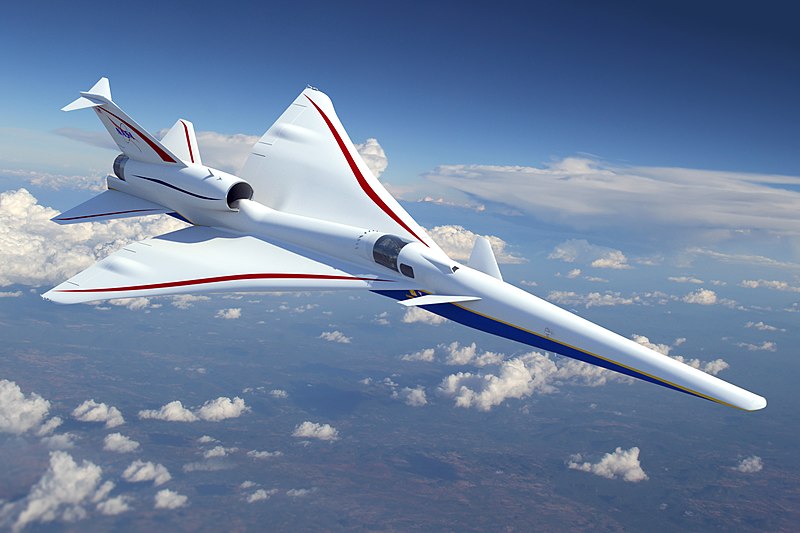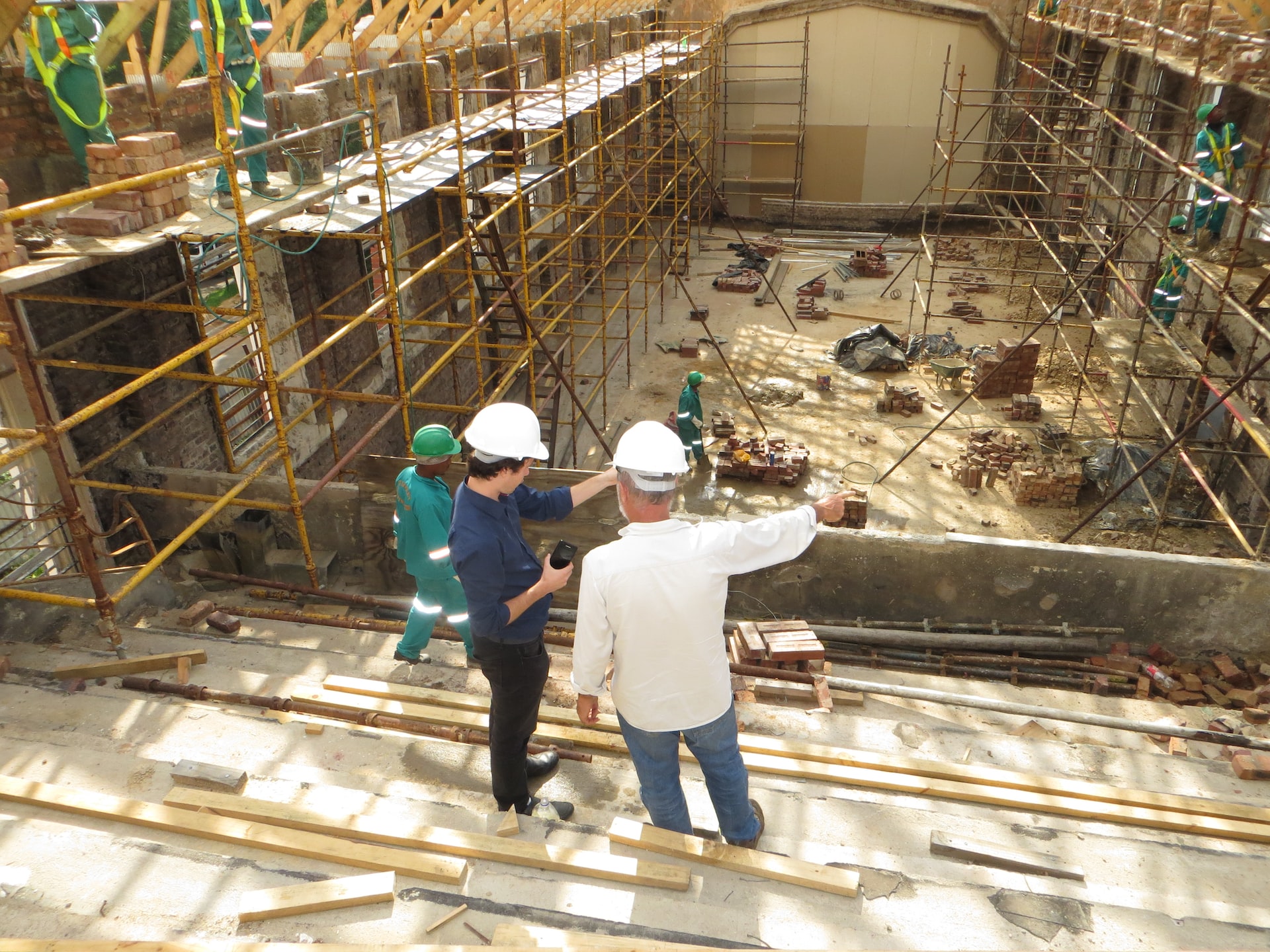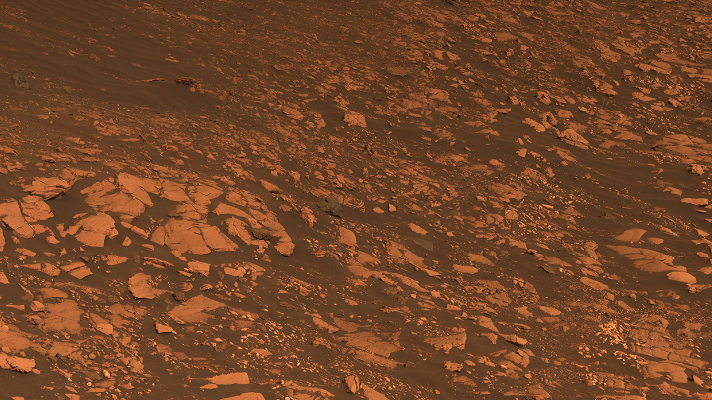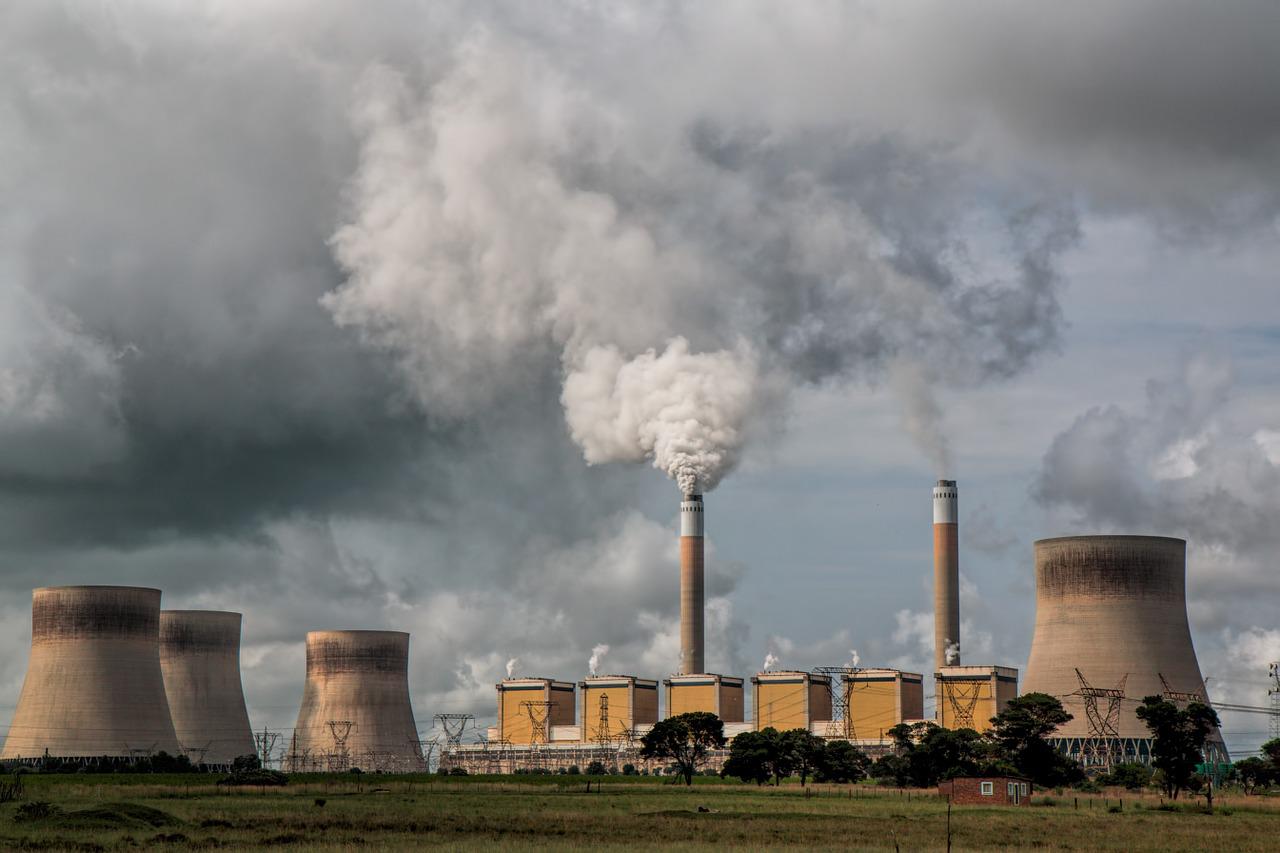How green is Earth? The view from space turns the blue marble into a green and white wonder to show plant life.
In a partnership between NASA and the National Oceanic and Atmospheric Administration (NOAA), this slideshow shows still images as snapshots of Earth created from data collected between April 2012 to April 2013.
Credit: NASA/NOAA
[slideshow]
[slide]
Herbal Earth – Western Hemisphere
Subtle differences in shades of green in this animation reflect vegetation conditions worldwide. High values of Normalized Difference Vegetation Index, or NDVI, represent dense green functioning vegetation, and low NDVI values represent sparse green vegetation or vegetation under stress from limiting conditions, such as drought. The still image is a snapshot of the Earth created from a year’s worth of data from April 2012 to April 2013.
The information was sent back to Earth from the Visible-Infrared Imager/Radiometer Suite (VIIRS) instrument aboard the Suomi National Polar-orbiting Partnership or Suomi NPP satellite, a partnership between NASA and the National Oceanic and Atmospheric Administration, or NOAA.
Credit: NASA/NOAA
[/slide]
[slide]
Herbal Earth – Eastern Hemisphere
Subtle differences in shades of green in this animation reflect vegetation conditions worldwide. High values of Normalized Difference Vegetation Index, or NDVI, represent dense green functioning vegetation, and low NDVI values represent sparse green vegetation or vegetation under stress from limiting conditions, such as drought. The still image is a snapshot of the Earth created from a year’s worth of data from April 2012 to April 2013.
The information was sent back to Earth from the Visible-Infrared Imager/Radiometer Suite (VIIRS) instrument aboard the Suomi National Polar-orbiting Partnership or Suomi NPP satellite, a partnership between NASA and the National Oceanic and Atmospheric Administration, or NOAA.
Credit: NASA/NOAA
[/slide]
[slide]
Herbal Earth – World View
Subtle vegetation changes are visible in this year-long visualization. Large-scale patterns vary with seasons, but the local variations in green are also sensitive precipitation, drought and fire. High values of Normalized Difference Vegetation Index, or NDVI, represent dense green functioning vegetation and low NDVI values represent sparse green vegetation or vegetation under stress from limiting conditions, such as drought.
The visualization was created from a year’s worth of data from April 2012 to April 2013. The information was sent back to Earth from the Visible-Infrared Imager/Radiometer Suite (VIIRS) instrument aboard the Suomi National Polar-orbiting Partnership or Suomi NPP satellite, a partnership between NASA and the National Oceanic and Atmospheric Administration, or NOAA.
Credit: NASA/NOAA
[/slide]
[slide]
Herbal Earth – The Rocky, Cascade and Coast Mountain Ranges
The Rocky, Cascade, and Coast Mountain Ranges dominate the landscape of the Pacific Northwest in this image created June 11-17, 2012 from the Visible-Infrared Imager/Radiometer Suite (VIIRS) instrument aboard the Suomi National Polar-orbiting Partnership or Suomi NPP satellite, a partnership between NASA and the National Oceanic and Atmospheric Administration, or NOAA.
Potato and other agriculture can be seen in the bottom center of the image, as the Rockies transition to the plains of Idaho. High values of Normalized Difference Vegetation Index, or NDVI, represent dense green functioning vegetation and low NDVI values represent sparse green vegetation or vegetation under stress from limiting conditions, such as drought.
Credit: NASA/NOAA
[/slide]
[slide]
Herbal Earth – Urbanized areas of northern Egypt
Urbanized areas of northern Egypt are visible amidst the deserts of Egypt. The image captured July 9-15, 2012 also shows the Nile River which provides life-sustaining water to the region. The image was created from the Visible-Infrared Imager/Radiometer Suite (VIIRS) instrument aboard the Suomi National Polar-orbiting Partnership or Suomi NPP satellite, a partnership between NASA and the National Oceanic and Atmospheric Administration, or NOAA.
Credit: NASA/NOAA
[/slide]
[/slideshow]






